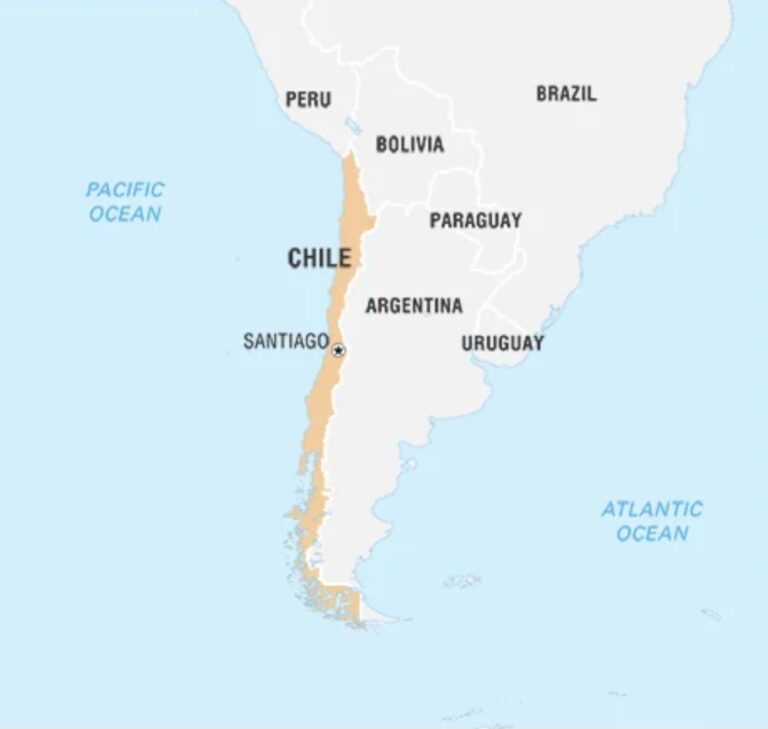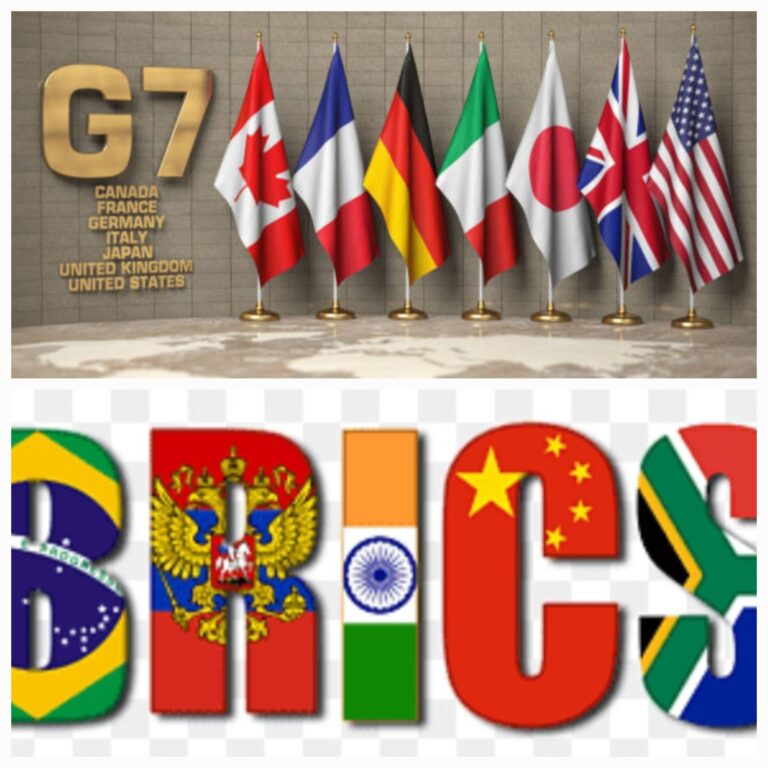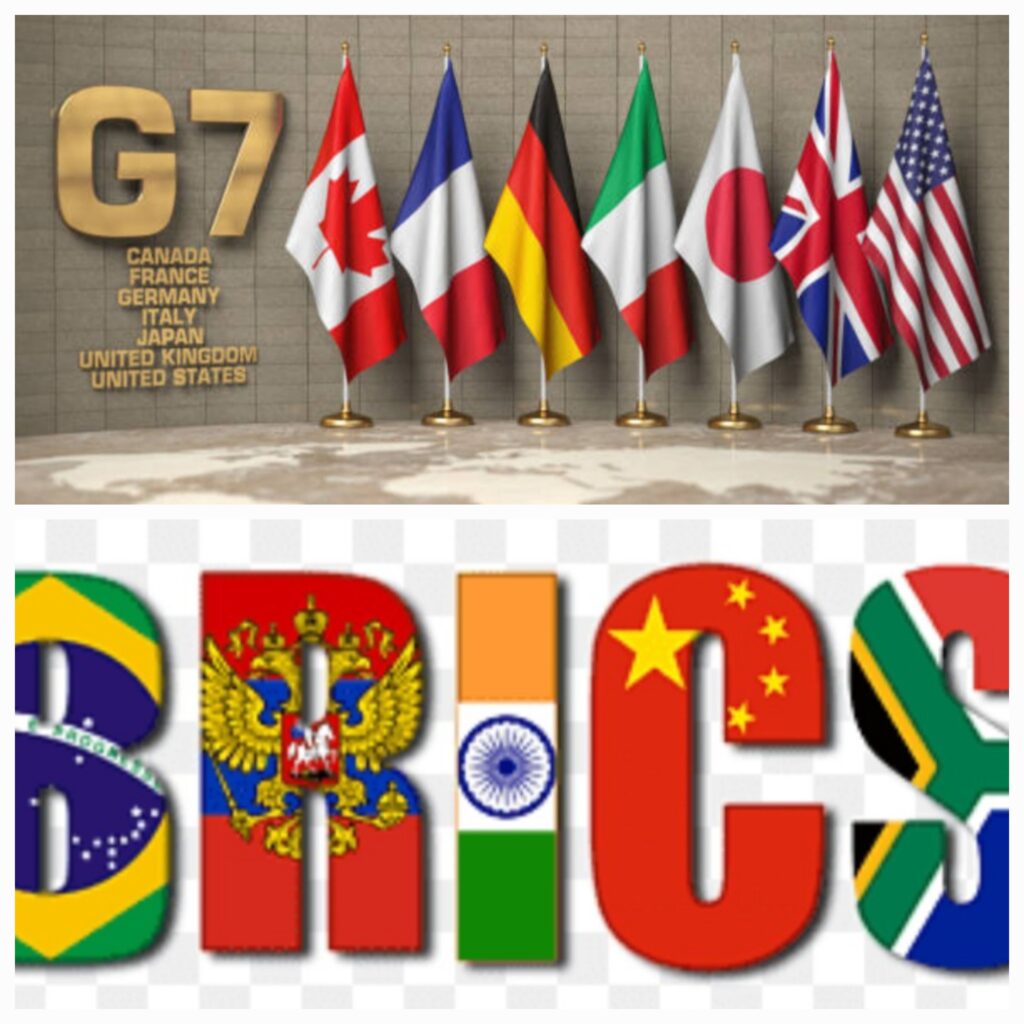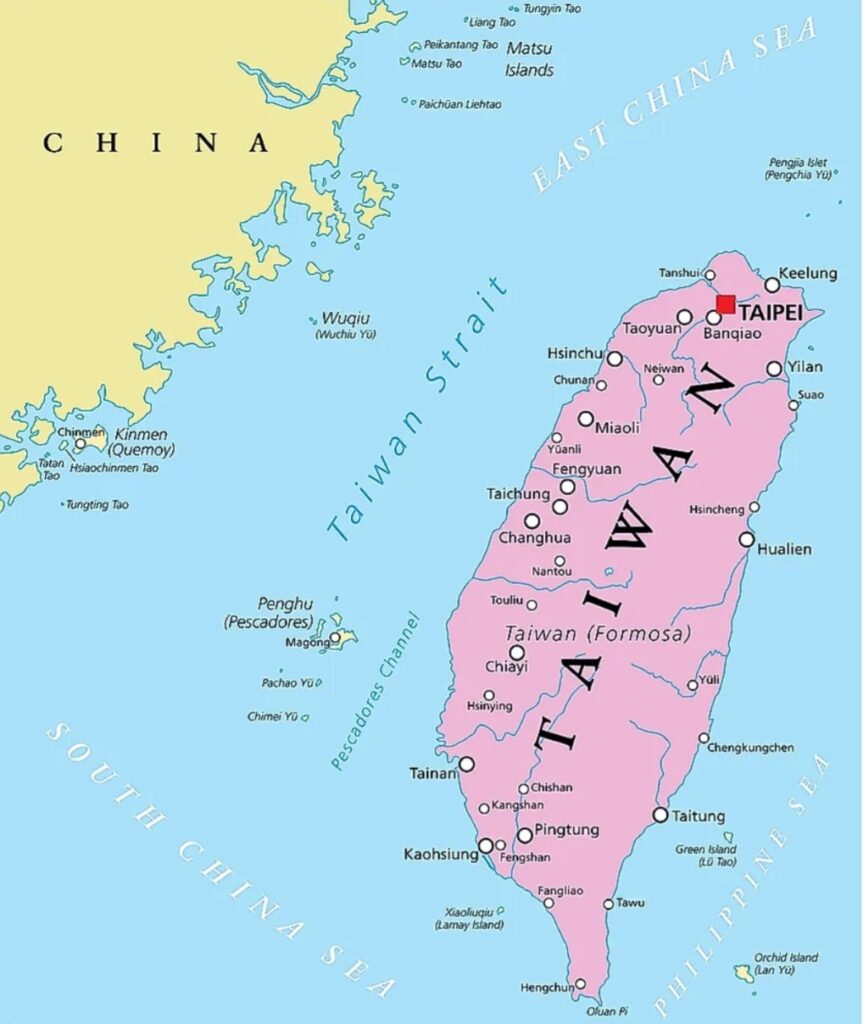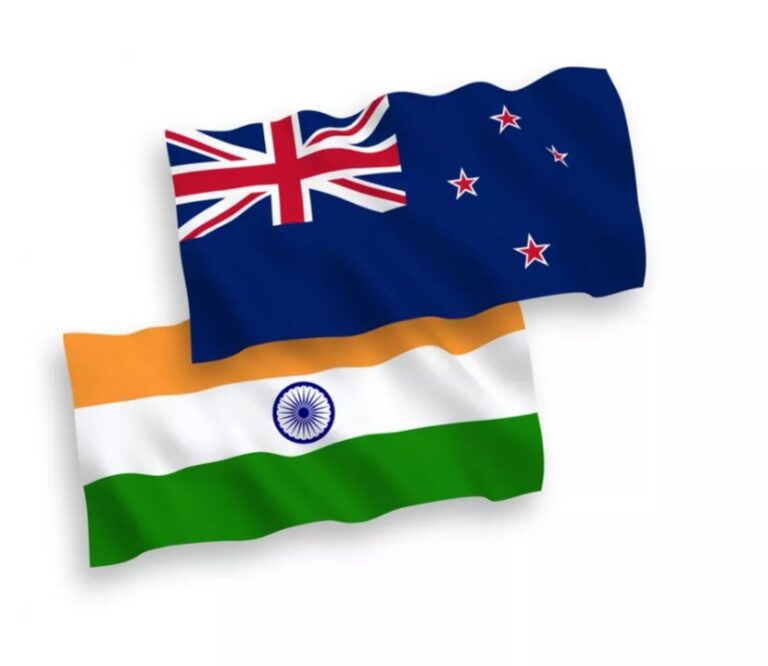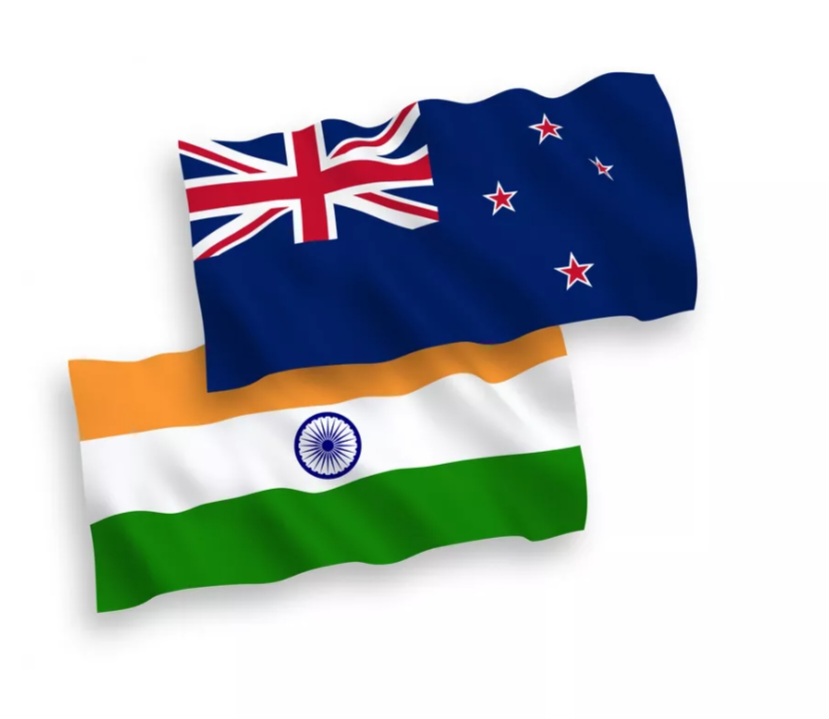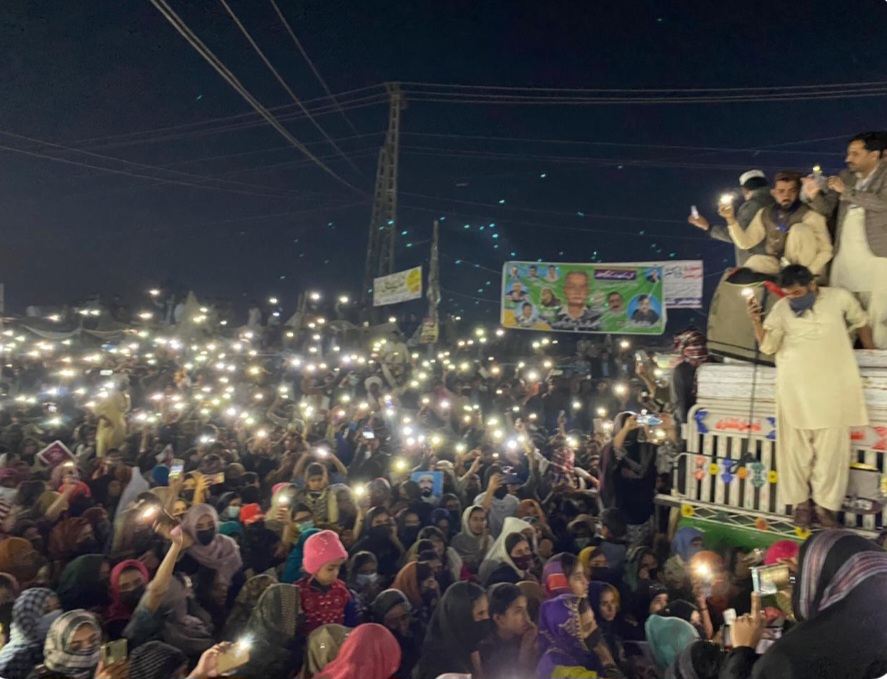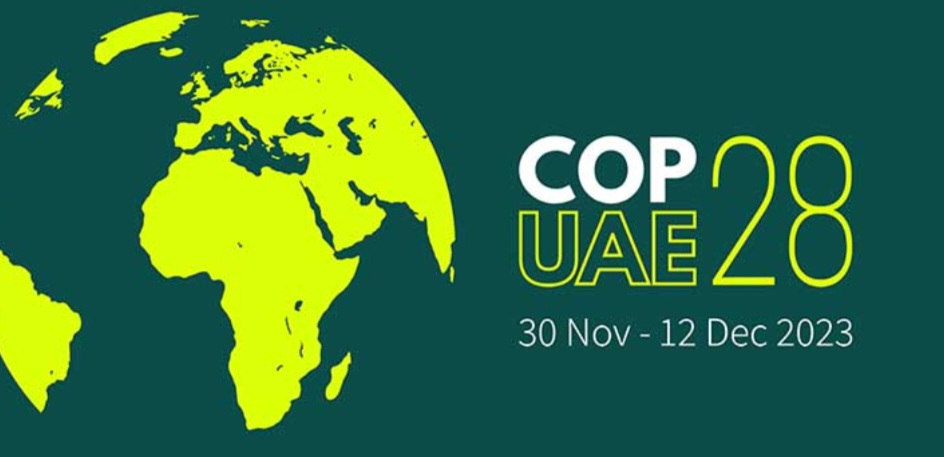By: Pinkle Gogoi, Research Analyst, GSDN
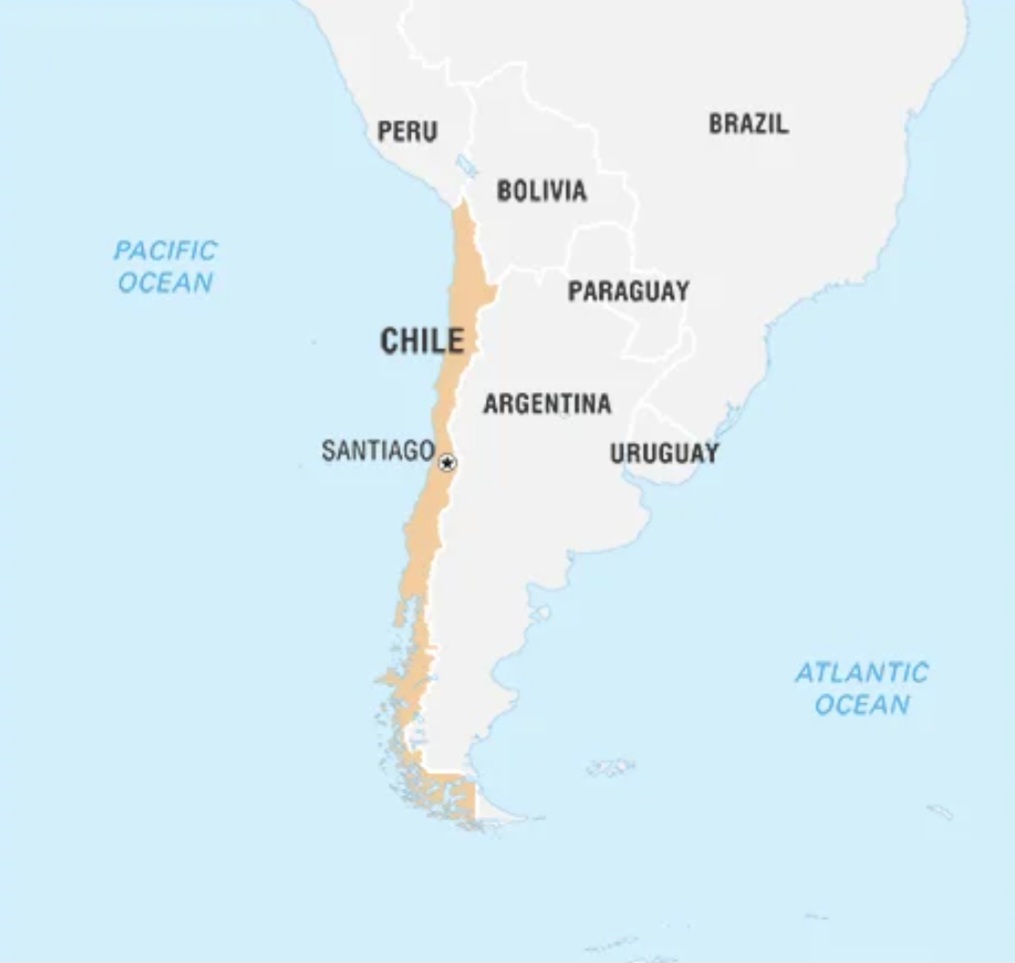
Introduction
Chile, long hailed for its social and economic progress in Latin America, faced a significant disruption to its positive image in 2019 when widespread civil disorder erupted. While the country’s health system garnered attention for its successes, underlying issues, possibly rooted in a two-tier system, have persisted. Examining the evolution of Chilean health policy in comparison with developments in pensions and education is crucial for a comprehensive understanding. The enduring power of elites, a barrier to reform, is highlighted, suggesting a need for politicians to confront historical legacies and push for changes that go beyond the achievements made thus far. The two-tier system, rooted in policies of the dictatorship, underscores the deep-seated challenges that continue to shape Chile’s social and economic landscape. Further progress in health and other sectors necessitates a nuanced approach that addresses political and historical complexities, challenging the entrenched interests that have impeded reform.
The crisis that erupted in Chile in 2019 has deep-seated roots in the country’s historical trajectory, extending back to the 1950s. The foundation was laid with the legislation of a National Health Service in 1952, a move spearheaded by Senator Salvador Allende, a socialist and physician, representing a significant step towards universal health coverage. However, this reform fell short by excluding certain sectors like the military, police, civil servants, and private employees. Subsequent administrations, including that of President Eduardo Frei Montalva in the 1960s, implemented social reforms, progressive taxation, and substantial investments in healthcare infrastructure, earning both praise and criticism. Allende’s Marxist manifesto in the 1970s aimed at strengthening health services for the poor, but faced immediate opposition. The turning point occurred in 1973 when a military coup led by General Augusto Pinochet Ugarte replaced the government, implementing radical economic policies influenced by Milton Friedman and the Chicago school of economics. Described as a “shock doctrine” by Naomi Klein, this regime dismantled institutions dating back to the 1950s and transferred significant state activities to the private sector. The impact on crucial sectors like pensions, education, and health during this period laid the groundwork for the crisis that unfolded in 2019, marking a complex interplay of political, economic, and social factors in Chile’s history.
The privatization of pensions and the changes to the education system during the Pinochet regime indeed had significant and lasting effects on Chilean society.
Pensions
Under Pinochet, the decision to privatize pensions in the early 1980s was a central part of the economic reforms. Workers were mandated to contribute 10% of their monthly wages to individual accounts managed by Pension Fund Administrators (AFP). The idea behind this was to promote individual responsibility and create a more market-oriented pension system. However, the outcomes of this policy have been a subject of considerable debate.
One major criticism of the privatized pension system is the excessive management fees charged by the AFPs. These fees have been seen as disproportionately benefiting the pension fund administrators rather than the pensioners. Critics argue that high fees have eroded the potential returns on pension contributions, leaving many retirees with lower-than-expected pensions. This has contributed to widening inequality among pension beneficiaries.
Additionally, the reliance on individual accounts exposed retirees to market fluctuations, leading to concerns about the adequacy and stability of pensions, especially during economic downturns. The privatized pension system has faced calls for reform to address these issues and ensure a more equitable and secure retirement for all citizens.
Education
The Pinochet regime’s reforms in education involved transferring schools from the Ministry of Education to local authorities and introducing a voucher system. The voucher system allowed families to use government-issued vouchers to choose between public and private schools, with the funding following the student. While the intention was to introduce market competition and increase choice, the consequences were mixed.
While some families benefited from the ability to choose schools, critics argue that the voucher system exacerbated social stratification. Affluent families had greater means to supplement the vouchers, leading to an increase in social inequalities in education. Moreover, the shift did not necessarily result in improved educational standards overall.
Research and subsequent analysis have shown that the voucher system did not lead to a significant enhancement in educational outcomes. Instead, it was criticized for perpetuating socio-economic disparities in access to quality education. In later years, there have been efforts to reform the education system to address these issues and promote greater equity and quality in education.
In both the pension and education sectors, the legacies of these policies are still present in contemporary Chilean society. Efforts to reform these systems have been ongoing, with a focus on mitigating inequality and ensuring better outcomes for all citizens.
Health
The Pinochet regime did not change the health system initially, though it progressively cut funding. Then in 1979 it replaced the Servicio Nacional de Salud with the Sistema Nacional de Servicios de Salud, and replaced a health fund, the Servicio Médico Nacional de Empleados (SERMENA) with a new one, the Fondo Nacional de Salud (FONASA). Employees contributed 7% of their gross income. The fund also covered unemployed persons. They implemented reforms, including of taxation and social welfare. President Bachelet reformed pensions in the late 2000s to help the poorest 60% of the population. The reformed pensions did not depend on contribution history, but left core elements of the privatized scheme in place. Education policies from the dictatorship also persisted despite a 2006 “Penguin Revolution”, when high school students revolted against the segregation of public and private schools and a 2011 revolt by university students demanding an end to the free-market approach to education. In the health sector, President Lagos seemed to make substantive reforms in Plan AUGE, enacted in 2004. This required timely access to high-quality health care by public and private providers, along with financial protection, for a list of health conditions. The initial list of 25 health conditions expanded incrementally to the current 85. President Sebastián Piñera announced inclusion of another 5 at the onset of the crisis of 2019. But he also left in place the inherited structures. He did not tackle widespread co-payments required of all except some groups (such as the unemployed, FONASA groups A and B). All others [ISAPRES and FONASA (Groups C and D)] pay from 0 to 20% of the total price of services. The continued strength of conservative forces and, especially the military in the early years of democratic governments, represented a political consensus favouring minimal reforms without dismantling fundamental power structures.
The Crisis of 2019
Protests of July 2020 were no longer on the streets but had merged into popular criticism of the government’s pandemic response, began on 17 October 2019 when students jumped turnstiles in the Santiago subway system to protest against a 30 Chilean Peso (approximately 4 US cents) fare increase during peak hours. The increase was small but imposed during growing discontent with overcrowded carriages and already high fares. Protests soon escalated. Large crowds gathered in peaceful rallies to demand major changes to social protection policies including pensions, education, and health. Then violence erupted; the police were unable to control the situation, despite deploying considerable violence themselves.
The government declared a State of Emergency on October 19, 2019, giving the Armed Forces responsibility to restore order in the capital. The use of troops evoked the history of brutality by the Chilean dictatorship. Deploying the military did not restore calm. On October 20, 2019 the general in command declared a curfew from 10 pm to 7 am, the first during democratic rule in Chile. Violence, including human rights violations, mushroomed. On October 23, 2019 President Sebastián Piñera responded to growing demands with an “agenda social” (social agenda), measures to alleviate concerns about the health system including a ceiling on out-of-pocket spending, an insurance plan to cover drugs, and an agreement between the Central Nacional de Abastecimiento (National Centre for Supply) and the most important private drugstore companies to reduce the price of medicines for those who obtained health care from public providers.
Despite this “agenda social”, peaceful rallies and violent protests continued, now nationwide. On November 15, 2019 representatives of almost all Chile’s political parties represented in the bicameral Congress signed The Agreement for Peace and a New Political Constitution. It included provisions for referenda, a first scheduled for April 26, 2020. It was then postponed to October 2020 because of the COVID-19 pandemic. It was to ask Chileans if they agreed to creation of a new constitution; and if so, who should prepare it? A new constitution would replace the one left by the Pinochet regime, which prioritized a market economy over social protection. Piñera’s government simultaneously escalated repressive measures. On November 21 & 26, 2019 Amnesty International and Human Rights Watch published reports on human rights violations in Chile since the start of civil disorder. Both reports included evidence of excessive force by police during protests, including use of shotguns loaded with rubber pellets blamed for more than 220 eyes injuries. The Inter-American Commission for Human Rights and United Nations Human Rights Office recommended changes to police practices.
Chile’s health system: a success story?
Chile had been making progress economically and socially despite the lack of fundamental reforms. That is why the eruption of widespread public discontent surprised many. Chile boasts the highest per capita Global Domestic Product (GDP) in South America, and, in 2010, was the first country from that continent to join the Organization for Economic Cooperation and Development (OECD). Social progress was especially apparent in the health sector. In 2010, the World Health Report described Chile as an “in the right way country”, highlighting its progress to Universal Health Coverage (UHC). Early analyses of implementation of the Plan AUGE, intended to improve access to facilities near peoples’ homes, reduced waiting times, improved quality, and caps on co-payments (maximum 20% of the price and no more than one month’s family income for the family in a year), reported a 30% an increase in use of health services for conditions such as type 2 diabetes and hypertension and improved survival after acute myocardial infarctions. President Michelle Bachelet extended health coverage further during her second term, enacting the 2015 Ley Ricart Soto. It established Financial Protection System for High-Cost Diagnostics and Treatments, not previously covered, and diagnostic investigations and treatments for oncological, immunological, and rare diseases. The Law also established a commission to set priorities. It was made up of two members of patient organizations and twelve renowned specialists in public health, medicine, bioethics, economy, health law, and drugs named by the Ministry of Health. While attribution of changes in health outcomes to a particular policy is always difficult, there are signs that these policies have improved access to health care facilities. The Health Access and Quality Index, part of the Global Burden of Disease program, measures deaths that should not occur with timely and effective care, adjusted for the risk profile of the population. Despite starting at similar levels, Chile pulled ahead of Argentina and Uruguay after 2000. Use of health services for conditions covered by AUGE increased, in some cases dramatically.
Problems remain
Health reform has been a high priority for Chile’s leaders in since Pinochet’s rule. Wide inequalities remain and benefits from reform have flowed unevenly to groups in the population. Vasquez and colleagues showed that service utilization increased for all groups and inequalities narrowed, but by 2009 a pro-rich pattern of consultations with dentists, specialists, and other physicians persisted, findings that are supported by research on measures such as specialty visits, laboratory tests, and hospitalization. All demonstrate concentration of utilization by the most affluent households, and of emergency visits by those with fewest resources. Patients report continuing barriers to care, especially co-payments. Out-of-pocket spending is high by OECD standards and many households experience catastrophic costs. In 2018 Chile´s health expenditure per capita was US$ 2182, one of the lowest among OECD countries; it has grown rapidly, at a rate among the highest of OECD countries. As a percentage of GDP, spending increased from 6.8% in 2010 to 9.0 % in 2011. Polling reveals persisting disaffection with health care. Wide inequalities persist in availability, affordability, and utilization of health services. Death rates among those waiting for treatment of conditions not covered by AUGE have increased. Chile’s economic system has made it one of the most economically unequal countries in the world, with a Gini coefficient of 0.49. Wealth inequality is harder to measure but seems to be even higher, with the share of GDP owned by billionaires the highest in the world (excluding tax havens).
Where does the power lie?
The commitment of successive Chilean governments to implement change is not in doubt but they have been unable to make major changes to the two-tier system created by the dictatorship. In the health sector, powerful private insurers remain unscathed. Silva argued that a coalition of business leaders and landowners influenced policies of the Pinochet regime and their power persisted after the democratic transition. The legacy amounts to an implicit agreement between them and subsequent governments to permit democracy, but without challenging much of the status quo. Chile is not unique in this; elsewhere fundamental political and economic reforms. They show that changes in de jure power, such as those brought about by a transition to democracy, can be offset by changes in de facto power, especially where the stakes are high for elites.
Conclusion
The Italian writer Giuseppe Tomasi di Lampedusa, in his novel The Leopard, described an aristocratic Sicilian family finding ways to retain influence during the Italian Risorgimento, delivering the famous quotation: “everything must change so that everything can stay the same”. On the surface, everything has changed in Chile. But as to the distribution of power, everything has stayed the same. The recent crisis drew attention to weaknesses in the health system but, if our analysis is correct, to be effective the response will not just be a technical fix but a fundamental reassessment. Recently, Crispi and colleagues wrote: “Chile must decide have left existing power relationships largely intact. Notable examples include the transition from communism in Europe, where many of the previous leaders transformed overnight into “democrats” and the rapid recovery of slave owning families in the Confederate states after the American civil war. Acemoglu and Robinson developed an equilibrium model to explain this, in which they distinguish the “elite” from the “citizens”. The former hold de facto power even though the latter have de jure power if the time has come for a profound structural change, based on a different set of political and ethical principles”.

